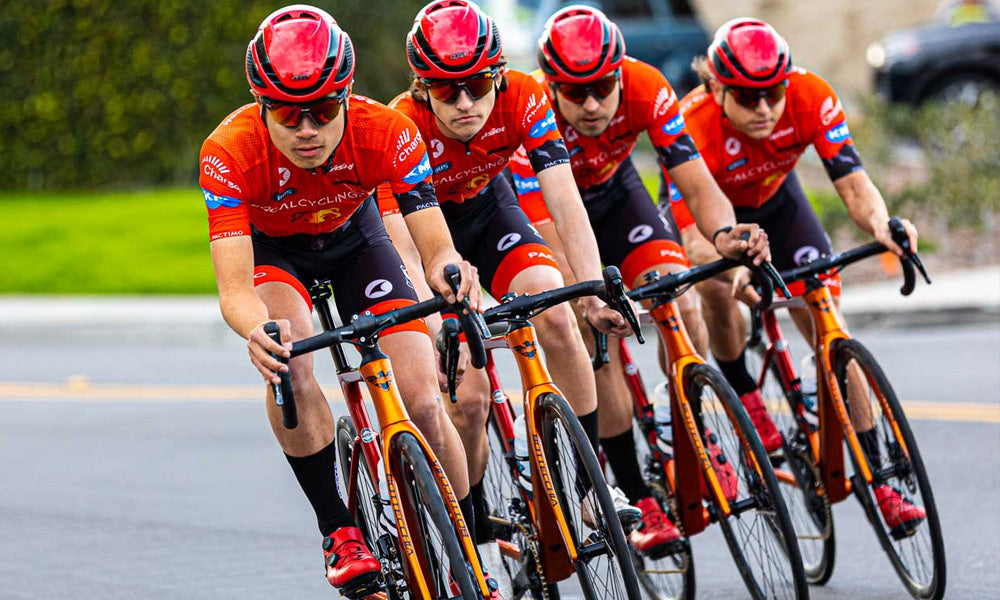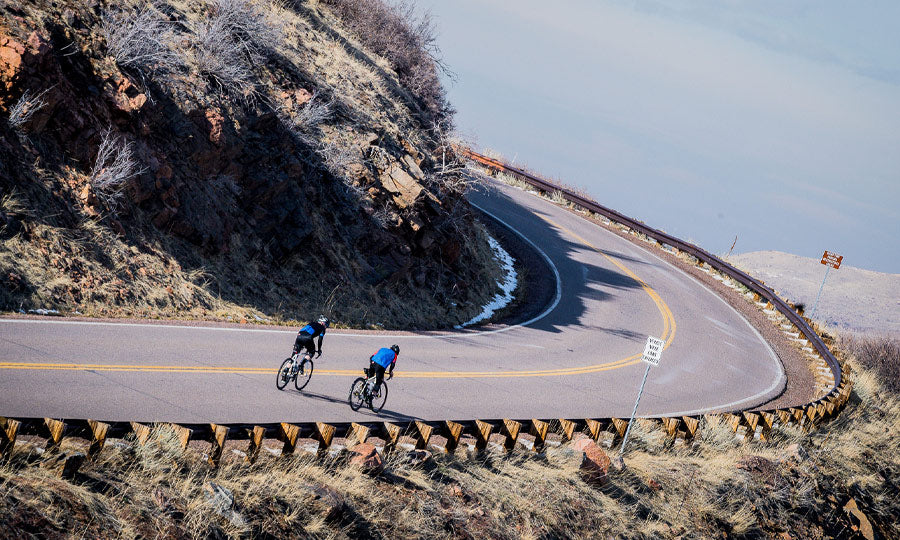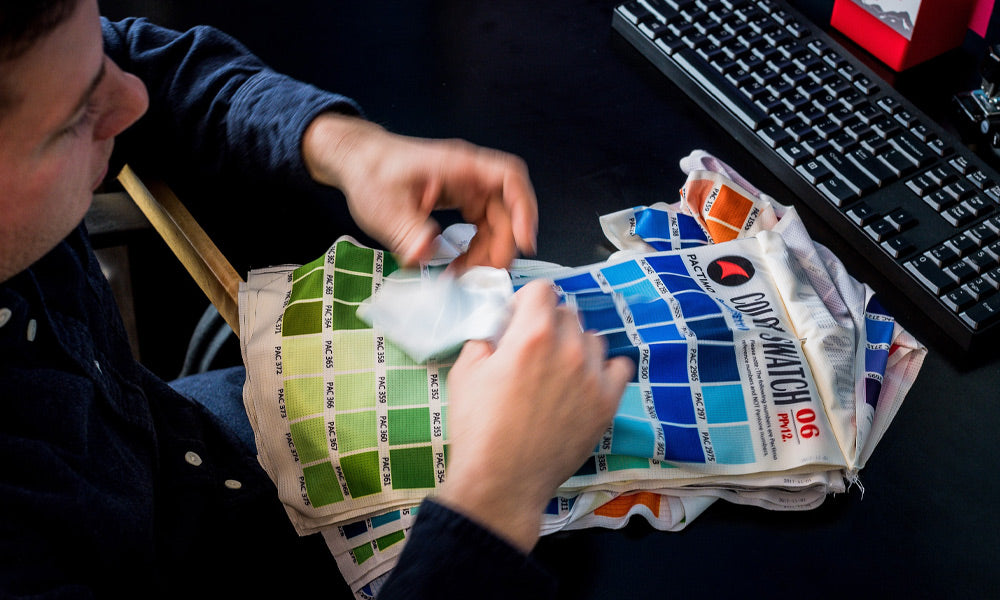Revolting Daughters, Bicycles, and the Road to Female Equality
How the safety bicycle opened a door for women's rights.
It's been one hundred years since the adoption of the 19th Amendment, proclaiming that the right to vote cannot be denied on the basis of sex. And while it may feel like that was a long time ago, the pursuit of this goal started long before then.
Right as this country's political system was being built, Abigail Adams was warning her husband John of the perils of not including women in the vote. It was a long road from the late 1700s to August 26, 2020. And one that was taken by a very small number of women for a great number of years. It was a cause without its constituency. It didn't have enough traction. Turns out, what the movement needed was a better way to move.
Back in the 1880s, J.K. Starley introduced one of the most consequential designs in histroy: the safety bicycle. Unlike its predecessors, the safety bike had two wheels of the same size, a chain-driven back wheel, and pedals positioned under the saddle. If you're thinking, "Well yeah, that's a bike," you're right. This new design was so right, so much safer and easier to use, that it became the standard around the world and the bike we know today. As a form of transportation, the safety bicycle was less expensive, easy to use, could go for distances, and was capable of high speeds. And for these very reasons, this technological innovation designed by men, and intended for men, became a subversive engine for female equality and freedom.

An early advertisement for the Cogent Safety Bicycle, 1887.
For one thing, the bikes didn't have a spot for a chaperone. This was a time when women and girls were prescribed to stay indoors, almost always at home, and only venture outside in the company of a guardian and only to acceptable places. Societal norms kept women imprisoned. In the late 1880s and early 1890s, the church-backed temperance movement had led to a surge of volunteerism amongst middle-class women, giving rise to a burgeoning interest in women's rights. In 1894, Blanche Alathea Crackanthrope (which has got to be one of the greatest names every) wrote an article, "The Revolt of the Daughters," which advocated for investing in the well-being and future of girls as much as boys and consider them to be "an advocated for investing in the well-being and future of girls as much as boys and consider them to be "an individual as well as a daughter." Inspired, young women took up the spirit as well as the demands, self-identifying themselves with the proto-punk moniker, The Revolting Daughters.

The movement spread and soon women from all over the country were riding bikes.
It was at this ripe moment when the safety bicycle became widely available, leading to explosive growth in the popularity of cycling. Faster than a horse and cheaper than a car, the bike most importantly gave women control over where they went and when. By hopping on a bike, women had dominion over themselves. They were their own engine of power. After being cooped up in their homes and always groomed for presentation, women of privilege were using their muscles, discovering their physical capabilities, and releasing endorphins. This freedom, a direct experience rather than an abstract theory, was unprecedented. And its importance is hard to overstate.
Bicycle Grimshaw, noted adventurer, wrote of her girlhood as a Revolting Daughter, "I bought a bicycle. I rode unchaperoned, miles and miles beyond the limits possible to the soberly trotting horses. The world opened before me. I went away from home, to see what the world might give to daughters who revolted."
The media began to take notice. As one editorial in 1896 observed, "To women, [the bicycle] was a steed on which they rode into a new world." Soon the vivid "Revolting Daughters" name gave way to the more palatable and enduring term "New Woman" and a socially rebellious icon and phenomenon was born. With a bicycle beside her.
Now, women could meet each other freely to socialize. Or to organize. The bicycle enabled women to be outside their domestic boundaries and see themselves as part of society. As their physical world expanded, so did their appetite to find their place in it.
READ THE ENTIRE STORY ON RALLY CYCLING NEWS






